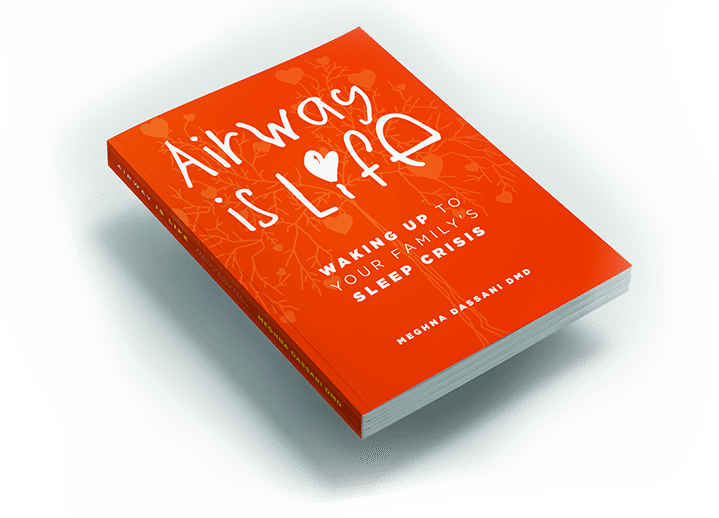Sleep studies – How do they work and what should you expect?
If you regularly have trouble sleeping and experience daytime fatigue, your doctor may prescribe a sleep study to assess the cause of the problem.
A sleep study can offer a diagnosis if you have a sleep-related health condition, such as sleep apnea or narcolepsy. Then, your doctor can figure out your best treatment options.
If you’ve never done a sleep study before, you may have some anxiety about the experience. Information is power. So here’s what you need to know about sleep studies should you ever need to have one.
What exactly is a sleep study and what can it diagnose?
A sleep study is an exam that usually takes place overnight, during which sleep technicians track what’s happening in a patient’s brain and body as they sleep. Steep studies monitor functions such as…
- Heart rate
- Brain wave activity
- Eye and muscle movements
- Oxygen levels
And they’re used to diagnose the following conditions:
- Sleep apnea
- Insomnia
- Restless leg syndrome
- Sleepwalking
- Sleep talking
- Narcolepsy
- Periodic limb movement disorder
- REM sleep behavior disorder
Sleep studies used to take place primarily in hospital sleep labs or sleep centers. But now, doctors often conduct the studies in hotels where it’s more comfortable for patients.
Each sleep study is customized for a patient’s situation. During the exam, a sleep technician places sensors on the patient’s muscles and head to record their brain and muscle activity as they sleep. A sleep technician may also include carbon dioxide monitors.
In the days leading up to the study, some doctors may have patients wear an actigraph, which looks like a motion sensor watch. A one-night sleep study doesn’t always paint a complete picture of a patient’s sleep issues. So the actigraph is used to collect data about sleep patterns over a longer period.
What are the different types of sleep studies?
Polysomnography (overnight sleep study)
During a polysomnogram, a sleep technician uses sensors to monitor bodily functions and identify disorders in patients. They place the sensors in a variety of places on the patient’s body:
- Head – to measure brainwaves
- Around the eyes – to track their movement
- Near the nose and mouth – to record respiratory effort and airflow
- Around the chest and stomach – to track breathing effort and heart rate
- On the arms, legs, and under the chin – to monitor body movements
Multiple sleep latency test (MSLT)
A polysomnogram is sometimes followed by an MSLT if a doctor suspects a patient may have a sleep-wake disorder, like narcolepsy. MSLTs are performed during the day by monitoring patients during a series of five naps at two-hour intervals.
The goal is this test is to see how quickly patients fall asleep and how quickly they enter REM sleep.
Maintenance of wakefulness test
This test measures how easily patients can stay awake in a dim, comfortable, sleep-conducive environment. The purpose of a maintenance of wakefulness test is to assess whether patients can stay awake while taking medications to treat hypersomnia disorders.
CPAP titration study
A CPAP titration study is conducted for patients who likely have a sleep-related breathing disorder, like sleep apnea. During this test, patients wear a continuous positive airway pressure (CPAP) mask and a technician monitors their breathing as they sleep. During the test, the technician modifies the amount of air pressure the patient gets until the right amount is determined to treat the disorder.
How to prepare for a sleep study
If you’ve never done a sleep study before, you may feel nervous. This is understandable and to be expected. But the entire process is pain-free. And the sleep technicians will do everything they can to make you as comfortable as possible.
Before your study, you’ll receive instructions including the date, time, and length of your test. You’ll also get information about what to expect. That way, you can mentally prepare yourself.
To optimize your sleep-study experience, here are some tips:
- Bring snacks and any medication you need.
- Wear something comfortable to sleep in that’s also loose fitting so technicians can place the sensors where they need to go.
- Avoid having acrylic nails and don’t use hair products, like gel or mousse.
- Bring items that make you feel at home (for example, a special pillow or blanket). You might also bring a book to read to help you fall asleep.
What happens after the study is complete?
Sleep technicians need a few days to process the collected data. Then, they send their report to the referring provider. Patients should plan to have a follow-up visit with their providers a week or so after their sleep studies to go over their results and treatment options.
Sleep studies are important tools to diagnose sleep disorders. Depending on your symptoms, a doctor may prescribe a sleep study. If you experience sleep issues, daytime fatigue, drowsiness, irritability, or trouble concentrating, talk to your doctor to see if a sleep study might be right for you.
Dr. Meghna Dassani has practiced dentistry for over two decades and is passionate about the role dentists play in whole-body health. You can learn more at her website: MeghnaDassani.com.
Healthy Sleep Revolution Podcast
Snoring? Tired all day? Trouble focusing?
So many think these symptoms are common in kids and adults when tired. Join us as we debunk some of these common myths and put the spotlight on Sleep Apnea. Discover what constitutes healthy sleep and how we can help ourselves and our kids get the best sleep ever.


